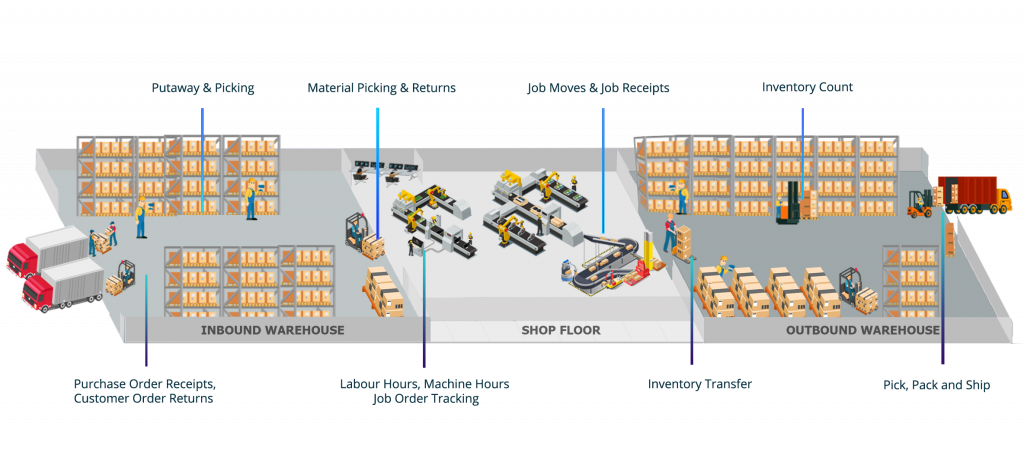
Warehousing plays a pivotal role in modern supply chains, serving as the logistical backbone that ensures products move efficiently from manufacturers to consumers.
Within the vast and complex world of warehousing, there are five key processes that are critical to its success: receiving, putaway, picking, packing, and shipping.
Each of these processes contributes to the overall efficiency and accuracy of the warehouse operations. In this article, we will delve into these processes and explore their significance.
The receiving process is the gateway to a successful warehouse operation. It involves the acceptance of incoming goods from suppliers or manufacturers. Efficient receiving processes are crucial for several reasons:
After goods are received, they need to be stored in the warehouse. The putaway process is responsible for finding the optimal location for each product within the facility. Key aspects of the putaway process include:
Picking is one of the most labor-intensive and time-sensitive processes in warehousing. It involves selecting the right items from storage locations to fulfill customer orders. The efficiency of picking directly impacts order fulfillment and customer satisfaction. Key aspects of picking include:
Once items are picked, they need to be prepared for shipment. The packing process involves safely and securely packaging products for transportation. Key aspects of packing include:
The shipping process is the final step in the warehousing cycle, involving the transfer of products to carriers for delivery to customers. Key aspects of shipping include:
The success of a warehouse operation hinges on the effective execution of key processes such as receiving, putaway, picking, packing, and shipping.
Each of these processes plays a critical role in maintaining inventory accuracy, meeting customer expectations, and ensuring the smooth flow of goods through the supply chain.
By continuously optimizing these processes through technology, automation, and best practices, warehouses can reduce costs, enhance customer satisfaction, and remain competitive in today’s dynamic business landscape.
Looking for a SaaS Inventory Management System? Look no further than Axacute.
Axacute is a Cloud-Based Inventory Management System that enable businesses to efficiently manage their inventory while harnessing the benefits of barcoding technology.
Contact Us
Related
Related
Get started with Axacute and improve your business operations.